When can we expect the UAE passenger train that will link the seven emirates?
The UAE’s ‘Sanpiercer’ will carry 36.5 million passengers by 2030…
For those with hearts possessed of wanderlust, there’s something romantic about the idea of rail travel, especially when it passes through the sort of big geography you find in the UAE.
That feeling of crossing frontiers, powering towards the horizon whilst otherworldly plains flood past the window. And it could be something we get to experience here sooner than you think, following a new update issued by the UAE Rail Programme.
It’s Dhs50 billion ‘Projects of the 50’ endeavor launched by His Highness Sheikh Mohammed bin Rashid Al Maktoum, UAE Vice President, Prime Minister and Ruler of Dubai, and His Highness Sheikh Mohamed bin Zayed Al Nahyan, Crown Prince of Abu Dhabi and Deputy Supreme Commander of the Armed Forces.
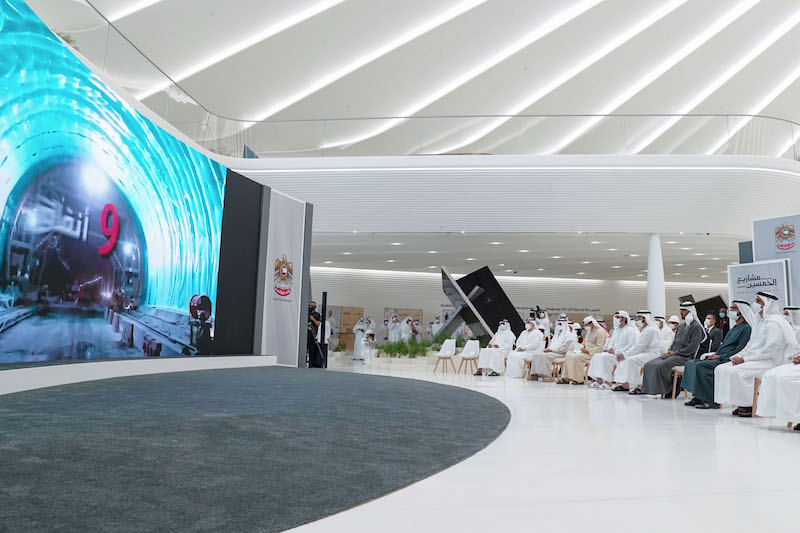
The rail line will stretch from the Eastern seaboard of Fujairah, right up to the very edge of Saudi Arabia, linking all seven emirates with a scheduled train service. There are even plans to take it beyond, and into other Gulf States already in the pipeline.
The UAE Rail Programme will comprise of the Etihad Rail-driven, freight service; Rail Passenger Services; and ultimately light rail solutions.
The people’s train
The latest update on rail progress came at a special ‘Projects of the 50’ event at Expo and has some exciting news for the passenger-related aspect of the UAE’s big rail adventure.
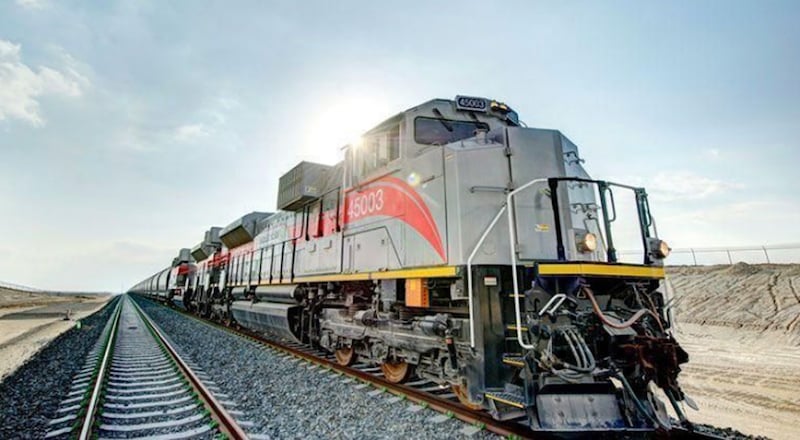
Talking about the project Shadi Malak, Chief Executive Officer of Etihad Rail, said ” the Rail Passenger Services will enhance the transportation system across the UAE allowing passengers to travel from Abu Dhabi to Dubai in 50 minutes, and from Abu Dhabi to Fujairah in 100 minutes.”
The Rail Passenger Services will be the second part of the project (after freight) and is expected to carry more than 36.5 million passengers annually, by 2030.
His Highness Sheikh Mohammed bin Rashid Al Maktoum said, “The Etihad Rail is the largest project to consolidate the strength of the union for the next fifty years. It will connect 11 key cities and regions across the UAE.”
“The project comes in line with the environmental policy of the UAE and it will reduce carbon emissions by 70-80 per cent”, he added.
First Class
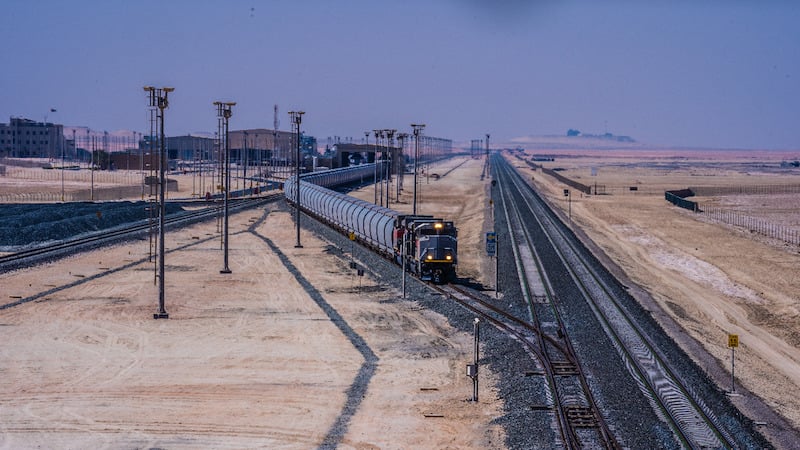
The third part of the project will be a network of ‘light rail’ within the UAE’s cities (like Dubai’s Metro and Tram). Expect samert systems to be full integrated here, allowing for seamless passenger ride and booking experiences.
Moving stacks
We’ve already seen Etihad Rail driving the early phases of what will eventually be a 1,200km nation-long train line that will link all seven emirates with Saudi Arabia. Sizeable sections of the track have already been completed in Abu Dhabi and following the completion of phase one (which began in 2016), there’s a stretch of track between shah and Habshan, and the port of Ruwais in the Al Dhafra Region of Abu Dhabi, that’s already in use for the transport of sulphur.
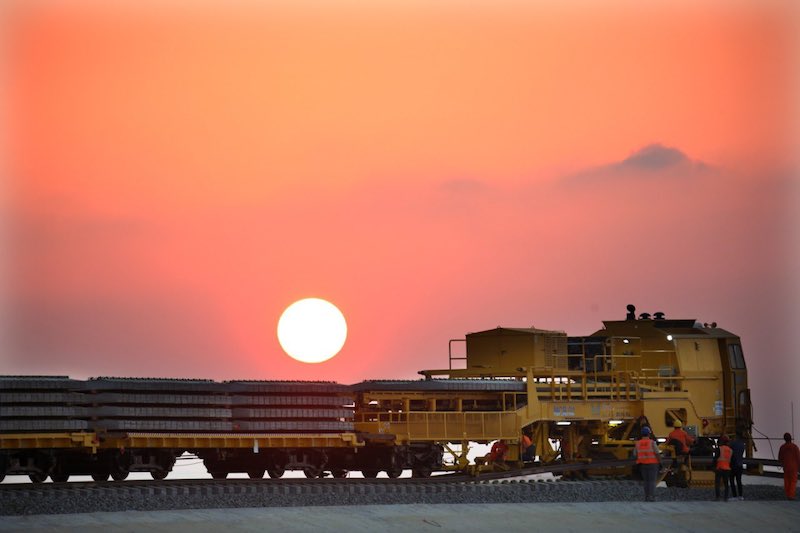
Glamorous? Not really. Perfumed by the aroma of expired egg cress sandwiches? Almost certainly. But ferrying this vital industrial resoucre by rail rather than road has already saved two million truck trips, which equates to a net reduction in carbon emissions of around 70 to 80 per cent.
Protecting the environment
Etihad Rail has key partnerships with the Department of Culture and Tourism — Abu Dhabi (DCT Abu Dhabi) and the Environment Agency – Abu Dhabi (EAD) to help ensure minimal wildlife and heritage disruption occurs from the track’s construction.
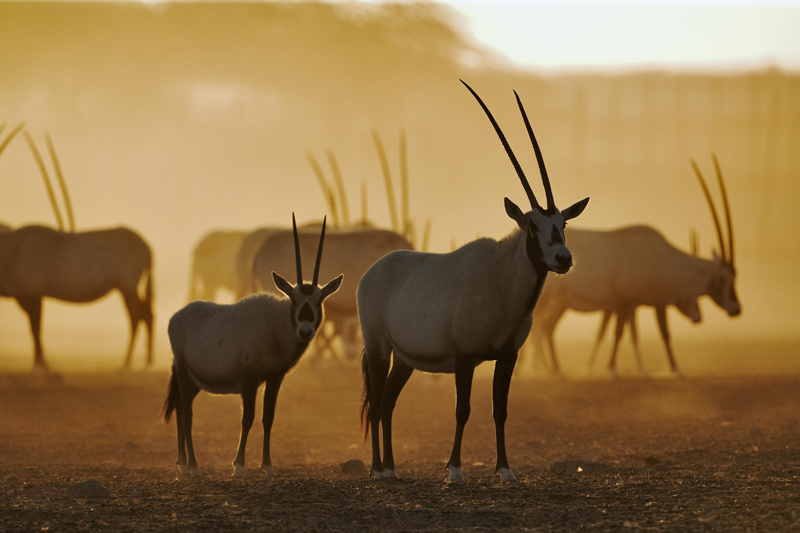
You might also like
Etihad Rail avoids crossing breedings sites; it uses noise control tech to limit sound levels, and has committed to only using the horn in emergencies; there’s a vegetation replanting scheme; the track is lined with special fencing and has made provision for 10 camel underpasses, 22 gazelle underpasses and 78 reptile underpasses so far; the locomotives also conform to Tier 3 (EPA) engine emission levels, which is a good thing for everyone.
Extra benefits
So the UAE Railways Programme is a big deal for environmental reasons, industry and passenger transport, but other reasons were there to choo-choo-choose it as a project?
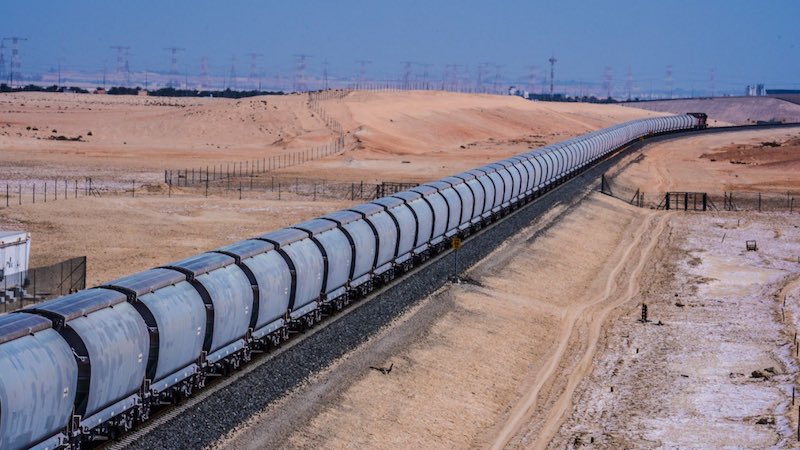
Economically. Let’s just take a look at some more key numbers behind the project. By 2030, the Railways Programme will provide more than 9,000 jobs and create ‘economic opportunities’ to the value of around Dhs200 billion; the estimated benefits of reducing carbon emissions amount to 21 billion and road maintenance savings of Dhs8 billion have been forecast; then of course there’s the extra tourism business valued at a conservative Dhs23 billion over the next 50 years; and the public spending benefits on the UAE economy will reach Dhs23 billion.
All in all this programme is shaping up to be a pretty nifty thrfty carbon-shifty project of the 50.
Images: Etihad Rail
